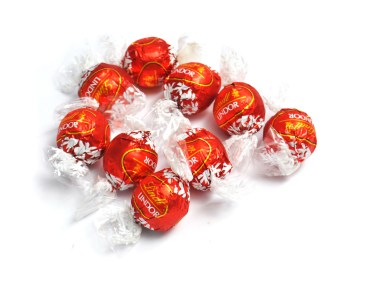‘In the mists and damp of the Scottish Highlands, 61-year-old Sir Bartle Frere was writing a letter.
‘In the mists and damp of the Scottish Highlands, 61-year-old Sir Bartle Frere was writing a letter. Straight-backed, grey-haired, he had the bright eye and bristled moustache of an ageing fox-terrier.’ Reading this, at the beginning of a chapter, we cannot be sure whether what follows will be Lytton Strachey or John Buchan. The tale might go either way. The letter might be either an invitation to shoot grouse or in answer to a summons to cope with a crisis threatening the British empire.
The second guess would be right. The letter was replying to a request from the Colonial Secretary Lord Carnarvon to take up a special appointment in South Africa, namely to fuse the Cape Colony and Natal with the Boer republic of Transvaal and the Orange Free State. Sir Bartle was not a man to hesitate. He accepted with particular zest because he was asked to carry out a plan dear to his heart. He had long been keen to transform a group of rather messy colonies into a tidy confederation under the British Crown.
Within a few weeks he was dining with the Queen at Windsor and settling his salary with the Secretary of State. By the spring of 1877 he was installed in Cape Town. The sequel was his harsh ultimatum to the Zulus, and the disaster of Isandlwana, redeemed to some extent by the gallantry of Rorke’s Drift. Michael Caine has helped to make the story familiar, using the usual British device of conceding defeat behind a smokescreen of heroism.
Stephanie Willams shows a strong grasp of narrative as she develops her account of selected colonial governors in the decades between 1857 and 1912.






Comments
Join the debate for just £1 a month
Be part of the conversation with other Spectator readers by getting your first three months for £3.
UNLOCK ACCESS Just £1 a monthAlready a subscriber? Log in